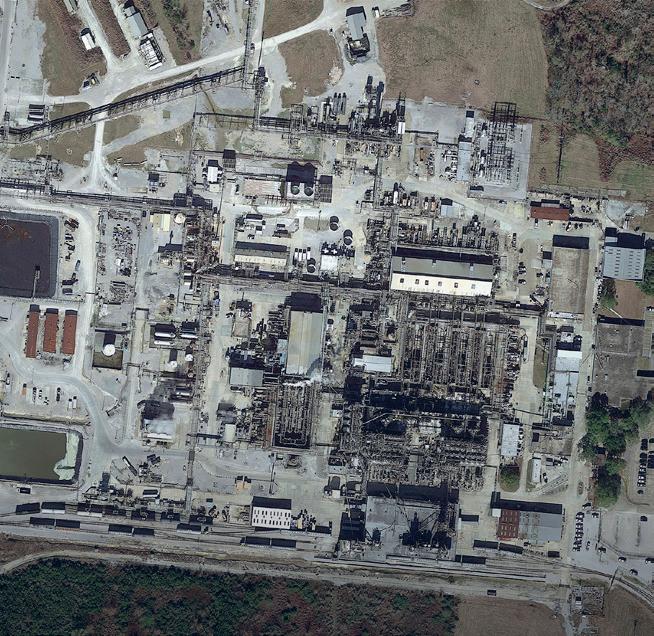
7 minute read
THE U.S. – TOXIC EXPANSION / CANCER ALLEY
THE U.S.
TOXIC EXPANSION CANCER ALLEY
Advertisement
LOUISIANA
PLAQUEMINE, IBERVILLE COUNTY
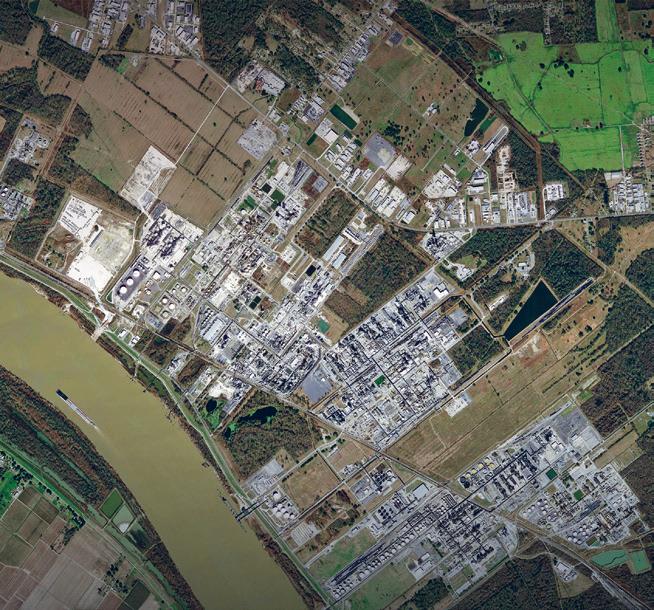
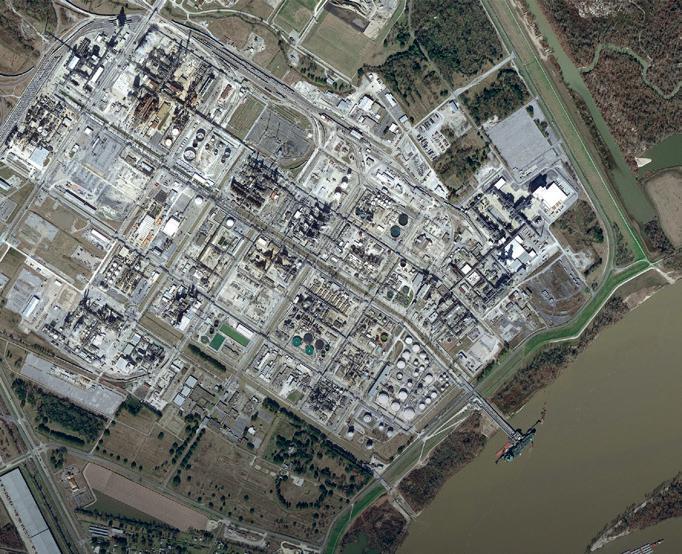
Imagery ©2021 Landsat / Copernicus, Maxar Technologies, U.S. Geological Survey, USDA Farm Service Agency, Map data ©2021
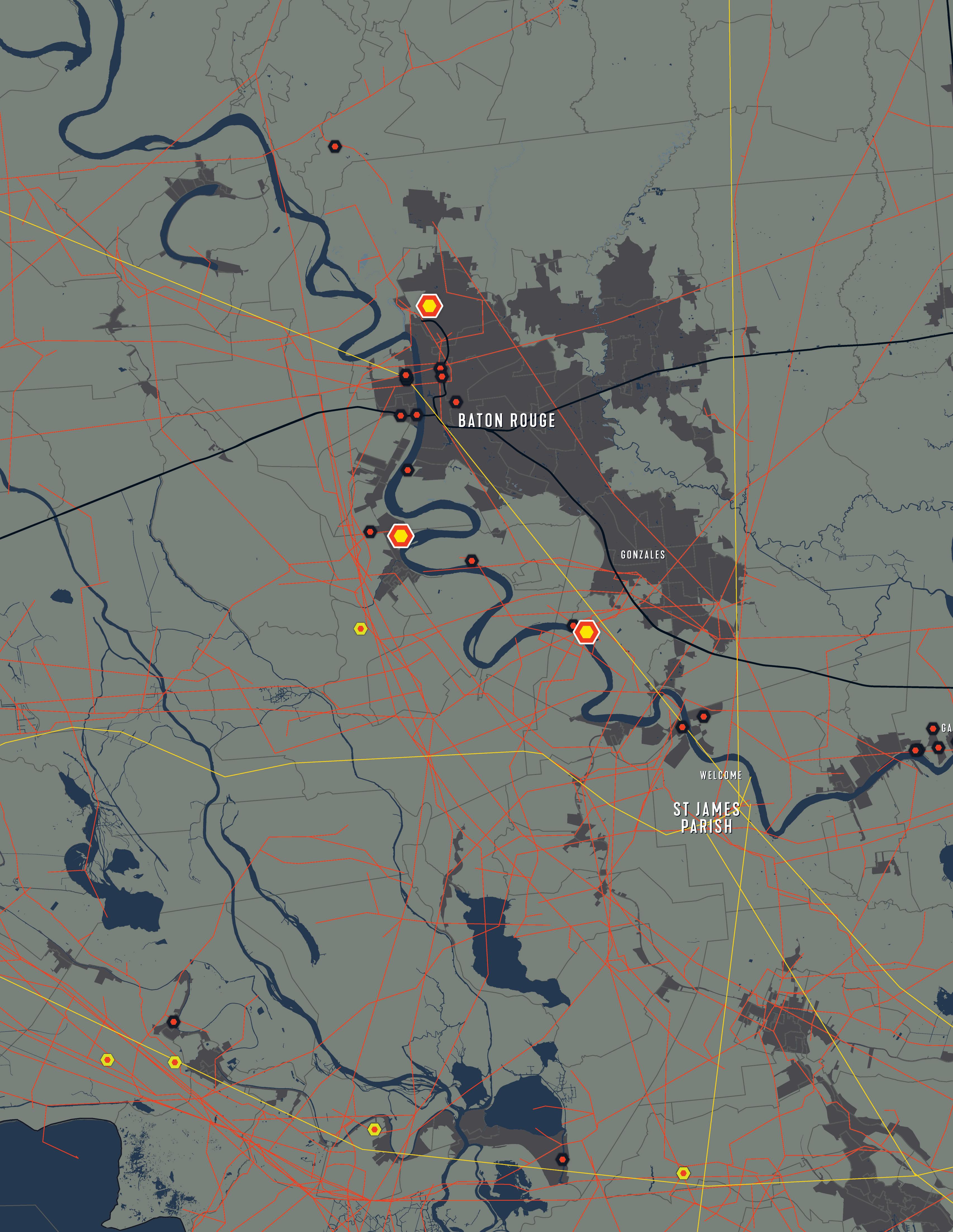
“We stood up for our health because it is more important than wealth."
SHARON LAVIGNE, RISE ST JAMES
Oil Refinery Gas Processing Plant Ethylene Cracker Oil pipeline Gas pipeline Highway County Boundaries Urban area
BATON ROUGE, BATON ROUGE COUNTY
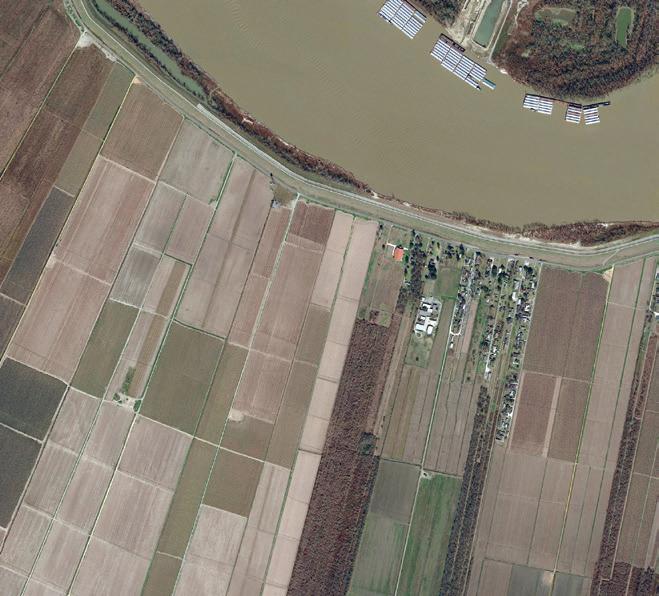
Imagery ©2021 Landsat / Copernicus, Maxar Technologies, U.S. Geological Survey, USDA Farm Service Agency, Map data ©2021
GEISMAR, ASCENSION COUNTY
Imagery ©2021 Landsat / Copernicus, Maxar Technologies, U.S. Geological Survey, USDA Farm Service Agency, Map data ©2021
SUNRISE PROJECT, PROPOSED CRACKER SITE
?DELAYED
Imagery ©2021 Landsat / Copernicus, Maxar Technologies, U.S. Geological Survey, USDA Farm Service Agency, Map data ©2021
TAFT, ST CHARLES PARISH
Imagery ©2021 Landsat / Copernicus, Maxar Technologies, NOAA, U.S. Geological Survey, USDA Farm Service Agency, Map data ©2021

Taft, Louisiana. View of the Holy Rosary Cemetery with a petrochemical plant on the background. ©TLF Images / Shutterstock.com
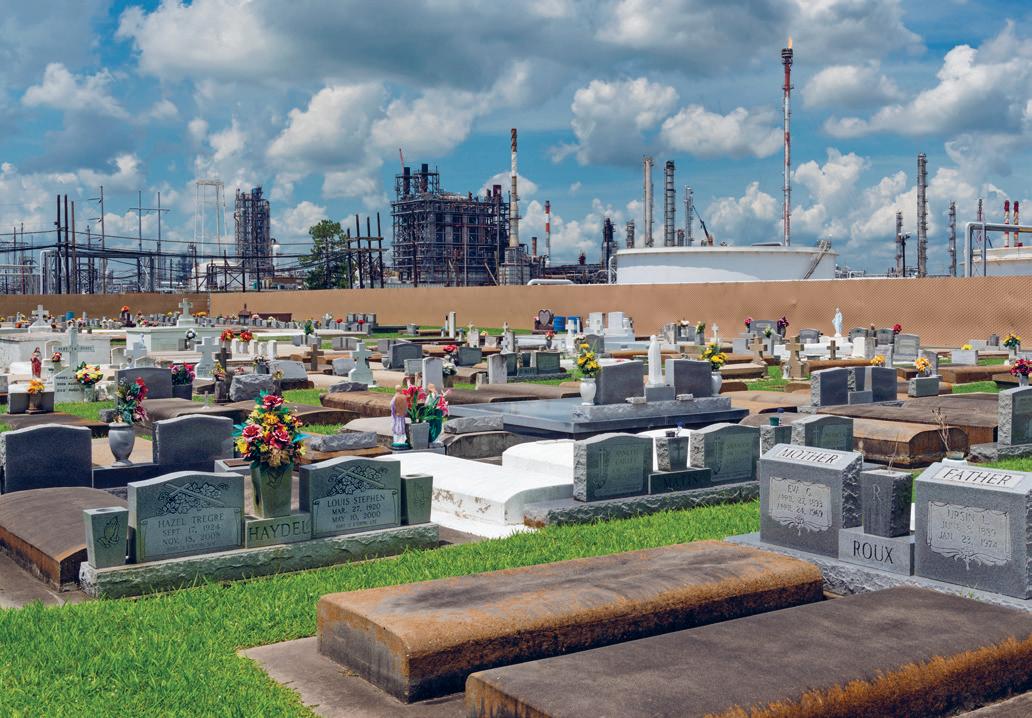
TAFT, ST CHARLES PARISH
Imagery ©2021 Landsat / Copernicus, Maxar Technologies, NOAA, U.S. Geological Survey, USDA Farm Service Agency, Map data ©2021
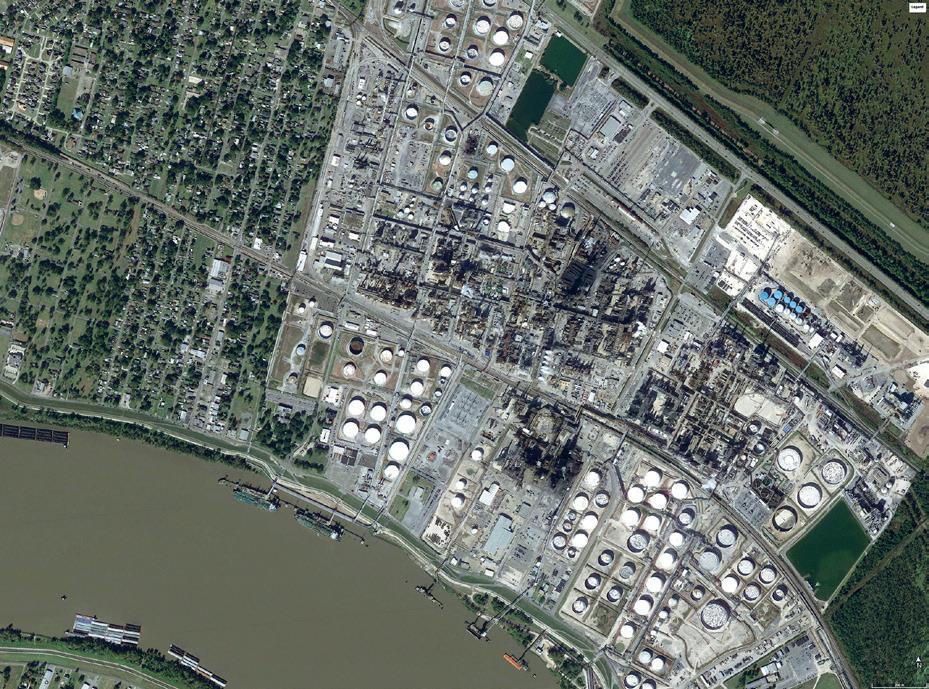
JIM FITTERLING, CEO DOW CHEMICALS
Louisiana’s “Cancer Alley” is a region along the lower TAFT, ST CHARLES Mississippi River that acquired its nickname in the 1980s as a result of suspected cancer clusters that locals believed stemmed from toxic pollution from nearby chemical plants.223 The region currently has nearly 150 oil refineries and plastics and chemicals facilities.224 It is also home to an above-average Black/African American population225 whose human rights are severely threatened by the concentration of polluting industries, according to the UN.226 One study found that census tracts with the highest risk of toxic air pollution exposure were predominantly located in two parishes, East Baton Rouge Parish and Orleans Parish, which had Black/African American populations of 84% and 60% respectively.227 According to the EPA’s 2015 National Air Toxics Assessment map, seven out of the 10 census tracts with the highest levels of air pollution-related cancer risk in the U.S. are located in St. John the Baptist Parish,228 another of the 11 parishes that make up Cancer Alley.229 As the founder of environmental justice group RISE St. James puts it, polluting industries “come to Black communities because they think no one’s going to say anything.”230
RISE St. James is based in another Cancer Alley parish, St. James. Taiwanese company Formosa Plastics aims to build an enormous plastic production complex in St. James Parish – a project driven, as the firm acknowledges, by growing plastic demand and the falling cost of gas,231 but also consistent with the company’s reported desire to develop production overseas due to opposition to air and water pollution in Taiwan.232 According to opponents, among other things the complex will produce resins and petrochemicals to be used for single-use plastic packaging.233 The complex is to be located next to a predominantly Black/African American community and just a mile from an elementary school,234 yet the Louisiana Department of Environmental Quality (LDEQ) gave it approval to emit high levels of multiple carcinogens and other harmful pollutants,235 on the basis of state-level standards that campaigners say ignore current science from the U.S. EPA.236 EPA data show that another Formosa plant,
in Baton Rouge, breached the Clean Air Act every quarter
between 2009 and 2018. 237 Toxic pollution aside, the new complex, due to be fully operational by 2029 (but with its first
VAST OIL AND GAS EXPANSION:
INDUSTRIAL SCALE CLIMATE EMERGENCY DENIAL
Gas drilling rig, FORT LUPTON, COLORADO
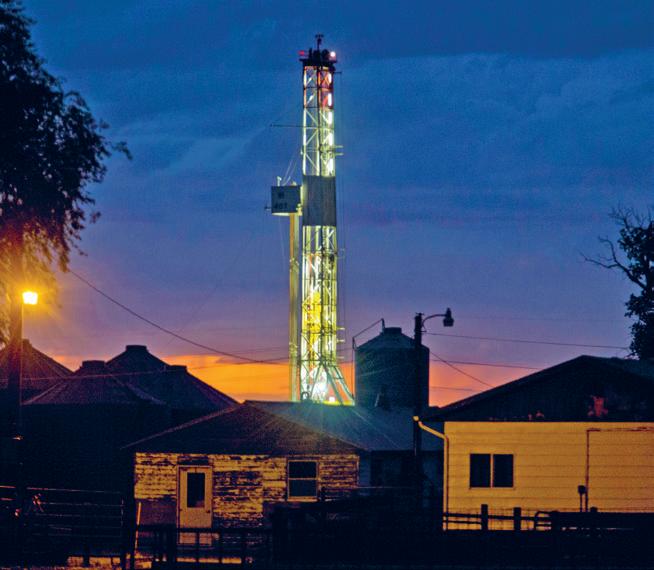
18 July 2016. Fort Lupton, Colorado. Hydraulic Fracturing drilling Rig in Cornfield. © Les Stone / Greenpeace
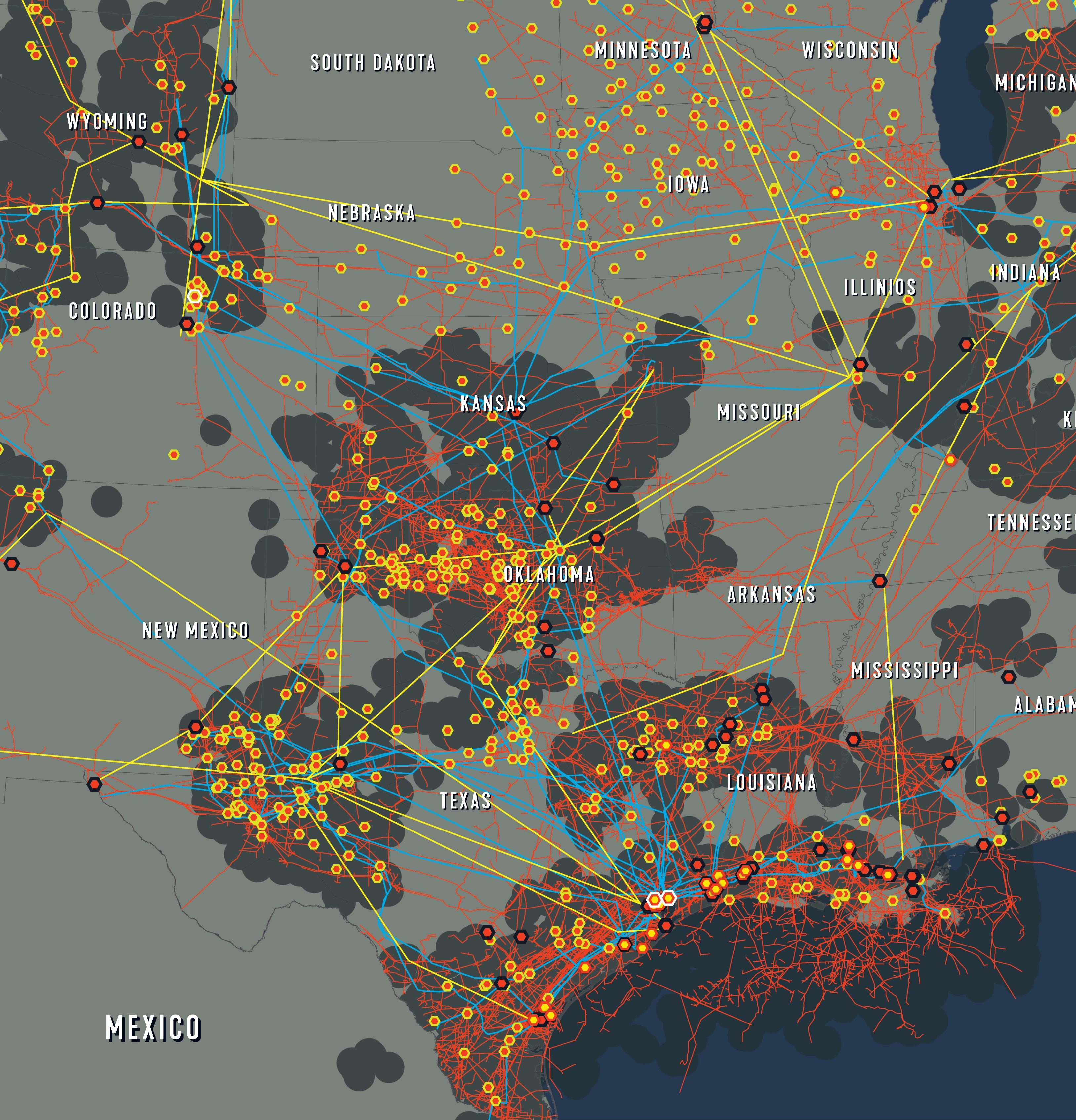
Gas storage units, WELD COUNTY, COLORADO
26 Jul, 2016. Weld County, Colorado. Hydraulic Fracturing storage tanks. © Les Stone / Greenpeace
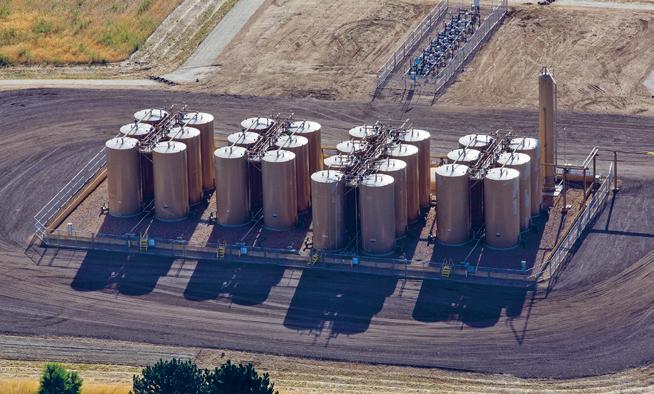
GULF COAST GROWTH VENTURES, CORPUS CHRISTI, TEXAS
15 November 2019. Corpus Christi, Texas, the site for a new ethylene cracker owned by Exxon and Sabic controlled Gulf Coast Ventures. © Ted Auch, FracTracker Alliance, 2019.
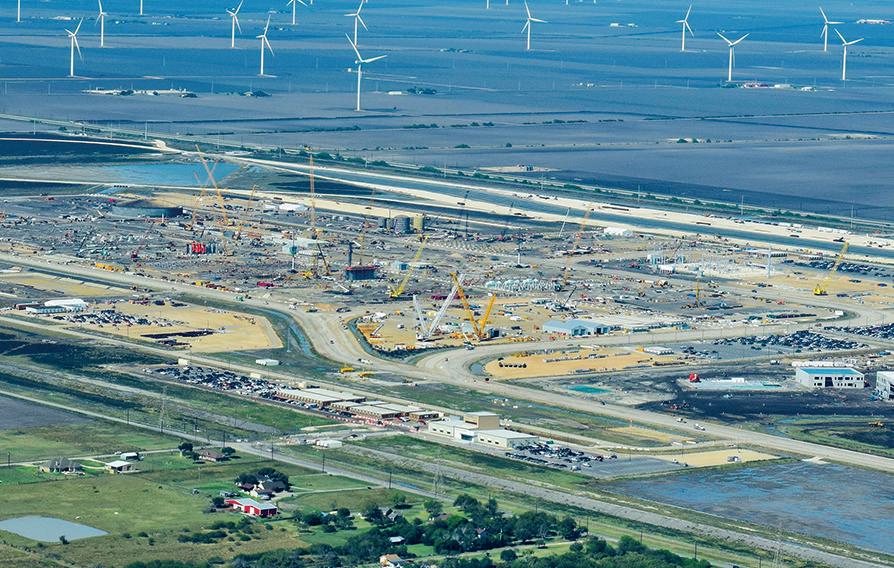
Oil Refineries Gas Processing Plant Ethylene Cracker HGL Gas Pipeline Oil pipeline Gas pipeline Oil/Gas Field Water
SHELL PENNSYLVANIA PETROCHEMICALS COMPLEX, POTTER TOWNSHIP, BEAVER COUNTY, PENNSYLVANIA
17 June 2021. Beaver County, Pennsylvania. Shell owned cracker plant, © Ted Auch, FracTracker Alliance, 2021.

Oil refining facility, LA PORTE, TEXAS
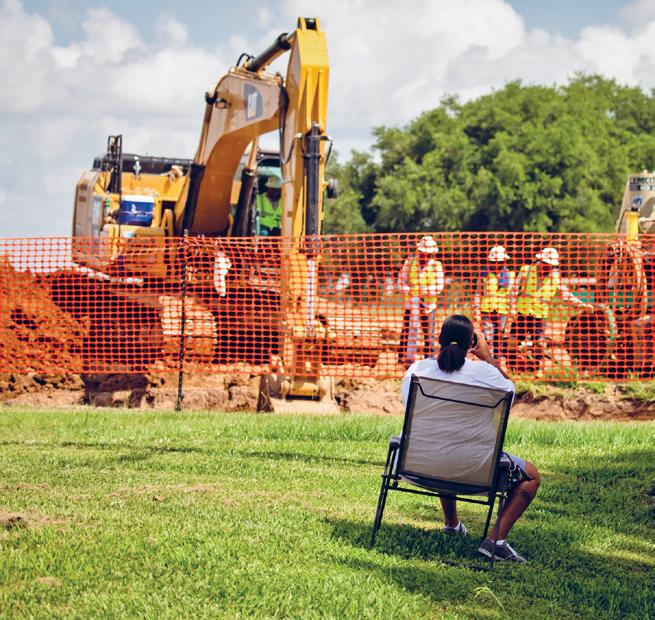
La Porte Texas. Ineos oil facilities. © Aaron Sprecher / Greenpeace
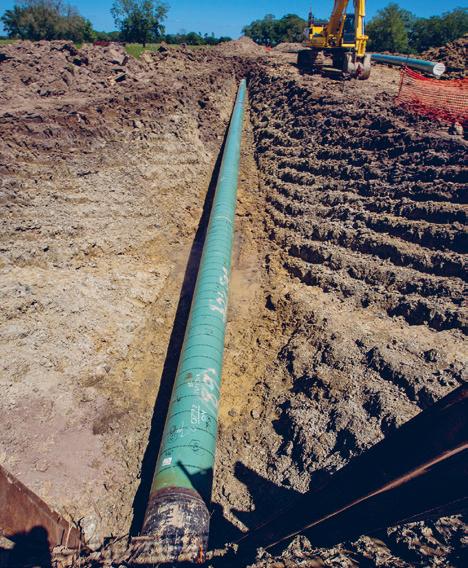
31 March 2018. Acadia Parish, Louisiana. Construction on the Bayou Bridge Pipeline. © Julie Dermansky / Greenpeace
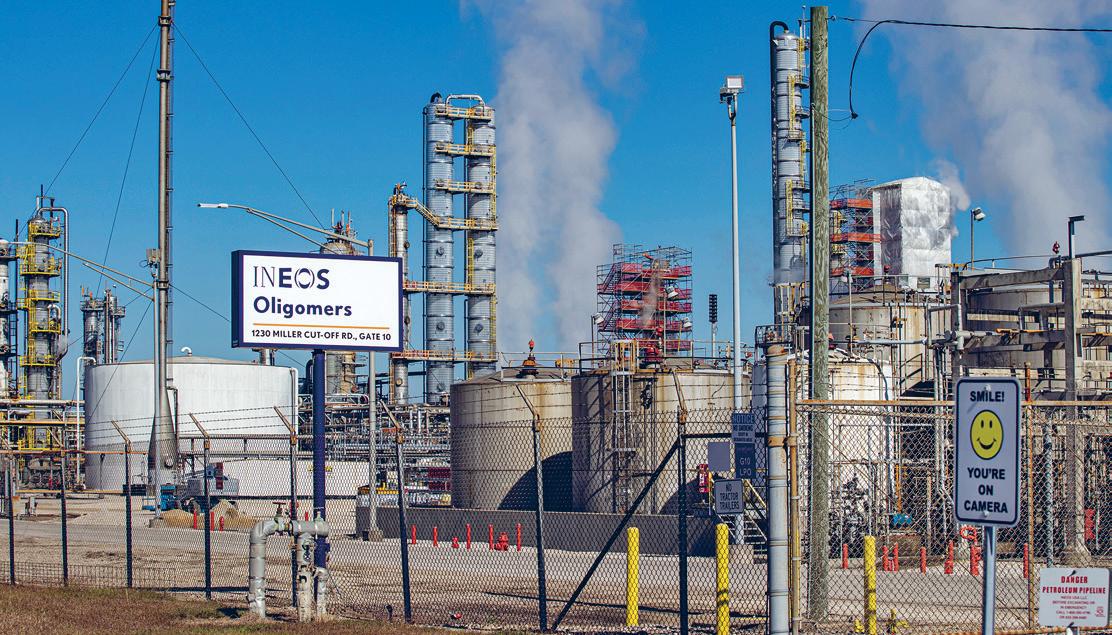
Melinda Tilles by Atchafalaya Basin Pipeline Construction. © Julie Dermansky / Greenpeace
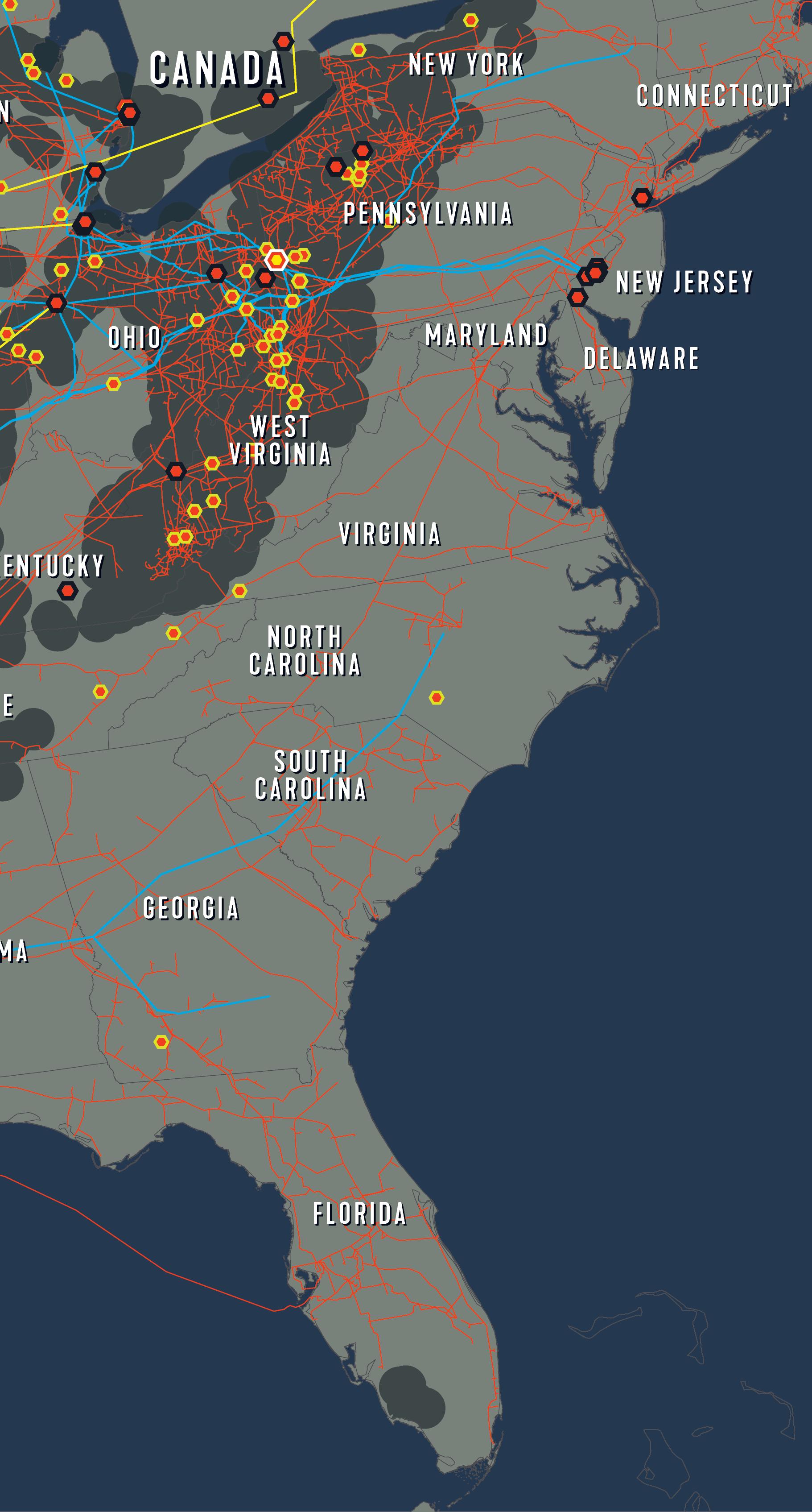
Bayou Bridge gas pipeline, LOUISIANA stage to be completed by 2024), has been approved to emit 13.6 million metric tons of carbon dioxide a year – equivalent to the emissions of 2.6 million cars.238 Lawyers representing a Formosa subsidiary reportedly downplayed the plant’s climate impact with the bizarre argument that because its emissions would be “miniscule” in national and global terms, its potential contribution to climate change should be regarded as “also miniscule, assuming there are any effects at all”; meanwhile, the LDEQ explained its air quality permit approval on the grounds that because “GHGs emitted anywhere in the world affect climate everywhere in the world,” the project will “have no more impact on Louisiana (relative to GHGs) than if the facility was constructed elsewhere, but will provide the social and economic benefits.”239 Though it has no jurisdiction over the plans, in April 2021 the New Orleans City Council expressed unanimous opposition to the plant, citing fears over potential environmental and public health impacts on the city, even though New Orleans is 65 miles downriver from the site.240 Formosa’s plant is just one of 88 new petrochemical facilities under construction or planned in the Gulf region.241
Farther down the Gulf coast, ExxonMobil’s Baytown complex near Houston, Texas, includes an olefins facility, one of the largest ethylene plants in the world. The facility’s history of air quality violations goes back at least to the 1990s, and in the decade 2010 to 2019 the Texas Commission on Environmental Quality fined it 22 times, with the EPA imposing additional penalties for Clean Air Act breaches.242 Negative impacts from the Baytown facility have been shown to disproportionately affect both people of color and lowincome populations.243 Yet despite this history and a Sierra Club lawsuit aimed at preventing the facility’s expansion,244 in 2019 it saw completion of a multi-billion-dollar ethane cracker to feed two polyethylene lines that started up in 2017 – all part of ExxonMobil’s 10-year, $20 billion “Growing the Gulf” expansion program.245 Within months of the new cracker’s completion, an explosion and fire at the olefins plant had injured 37 and necessitated a shelter-in-place order to local residents.246 Unfortunately, safety incidents are a relatively common occurrence for chemical facilities. As of 2015, a major chemical incident occurred every six weeks, on average, in the greater Houston area.247
ExxonMobil is currently engaged in a joint venture with SABIC (a subsidiary of the Saudi state petroleum and gas company Saudi Aramco) to build an ethylene and polyethylene complex (including what is claimed to be the world’s largest steam cracker248) near Corpus Christi, Texas, due to open in Q4 2021.249 ExxonMobil has confirmed that the plant’s location is intended to take advantage of growing output from the nearby Permian Basin,250 a center of the U.S. fracking boom.251 Its output will reportedly include packaging materials.252 The facility’s expected high water consumption is increasing pressure for construction of a desalination plant that opponents say may impact marine life and add further climate concerns.253










